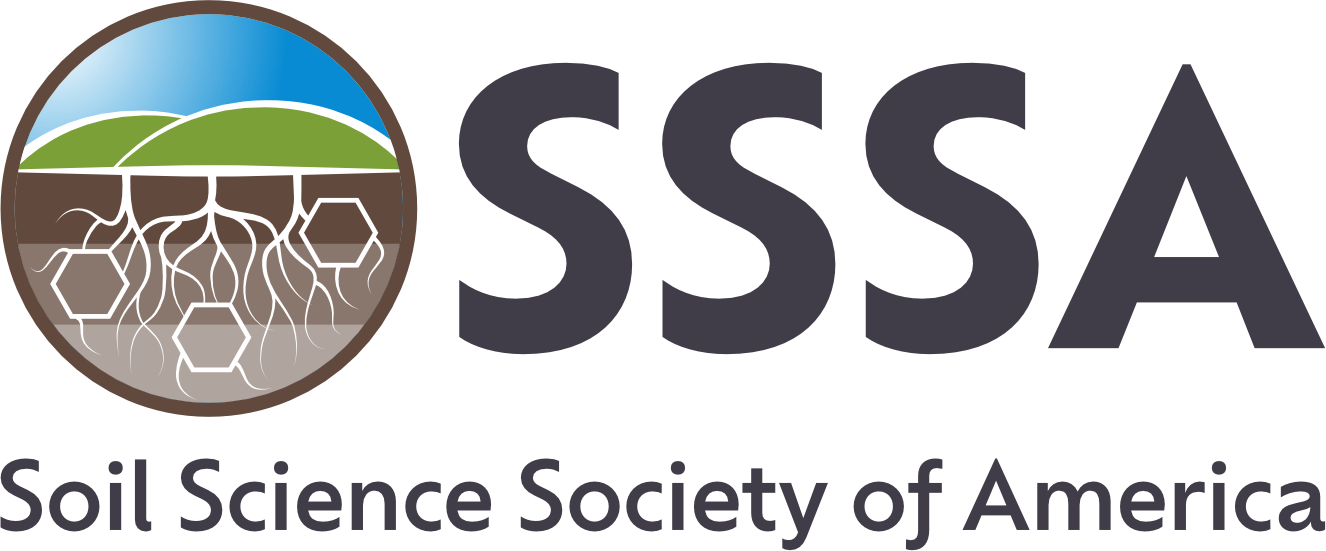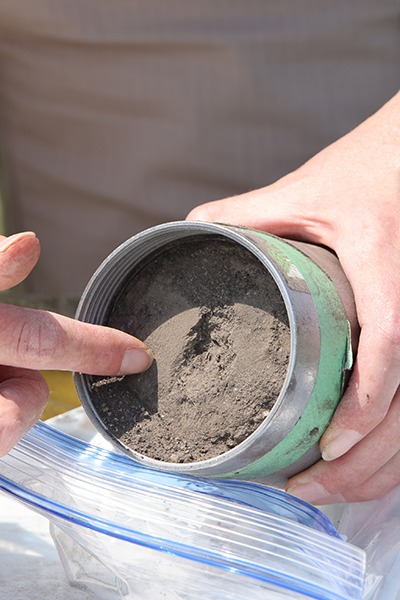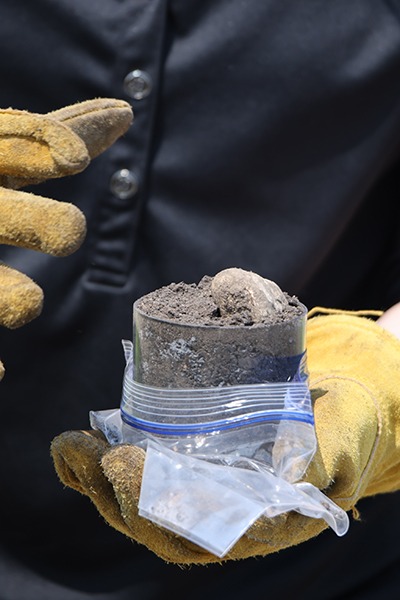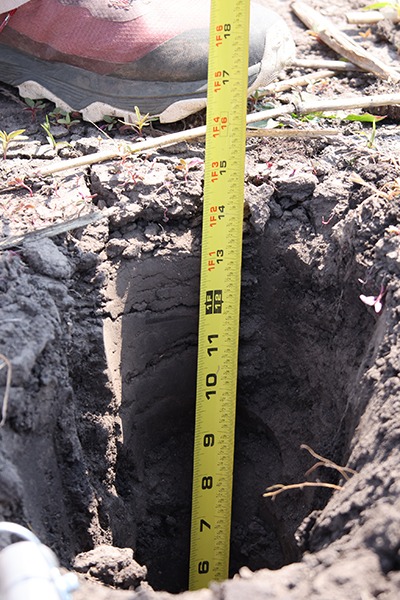Manure as Fertilizer: Can I Decrease Applied Manure’s Greenhouse Gas Emissions?
This article summarizes findings from a review study in the Journal of Environmental Quality, “Ammonia and nitrous oxide emission factors for excreta deposited by livestock and land-applied manure” by van der Weerden et al, published June 30, 2021.
The short answer: Livestock systems contribute more than 32% of total global nitrous oxide (N2O) emissions and 60% of total global ammonia (NH3) emissions. Low-emissions application methods and nitrification inhibitors can reduce emissions, but their effectiveness is impacted by the type of animal excrement and soil and climate characteristics.
The big picture: Many factors influence the amount of nitrous oxide and ammonia emissions produced by manure that is applied to a field. These factors include:
- The application method;
- The animal that manure is from;
- The form in which it is applied or deposited; and
- The local climate.
Understanding how these factors influence each other is the key to farm management that reduces emissions.
Manure is applied to fields as a fertilizer via different methods. Broadcast application is the traditional method, and others were developed as ways to decrease emissions and odors. In addition, the manure can be from different animals, such as cattle and pigs, and applied as solid manure or a slurry, which has a much higher water content.

1 Diagrammatic representation of broadcast, trailing hose, trailing shoe, open slot, and closed slot manure application methods. Image courtesy of Tony van der Weerden.
Here are five methods of applying manure:
- Broadcast: Surface applied with no incorporation. Broadcast application without incorporation causes the greatest loss of NH3 and odors due to manure application.
- Trailing hose: Low-trajectory technique applied in bands by hoses on top of plants. Also called “drag hose” manure application.
- Trailing shoe: Low-trajectory technique applied below plants but above the soil surface.
- Open slot or shallow injection: Shallowly injected (~5 cm) into soil below the surface.
- Closed slot or deep injection: Deeply injected (~10-15 cm) into the soil below the surface.
- Deep injection methods include knife injection, sweep injection, or disk or coulter injection systems. University of Minnesota has a great guide to different manure injection methods.
- These methods can help minimize emissions from slurry manure.
Break it down: Low-emission applications can reduce NH3 emissions from both cattle and swine slurry between 46% and 62%.
- In general, the deeper the slurry is applied, the lower the NH3 These techniques work by reducing the manure’s exposure to air and increasing its contact with soil.
- Cattle slurry: All low-trajectory and injection application techniques can reduce NH3 emissions from cattle slurry, with open slot application having the greatest effect by reducing emissions by 62% compared to broadcast application.
- Cattle slurry has been found to produce significantly more NH3 emissions than solid manure broadcast on to soils.
- Cattle manure and urine applied to soil in wetter climates can produce much more N2O emissions compared to dry climates.
- Swine slurry: Trailing hose, closed slot, and open slot applications have been shown to reduce NH3 emissions greatly, at 52%, 58%, and 46%, respectively, compared with broadcast application.
- Swine slurry broadcast on to soils in wetter climates may produce more NH3 emissions than cattle slurry.
Nitrification inhibitors can be used to decrease N2O emissions in a field where urine and manure have been applied.
- Dicyandiamide is the most common inhibitor and slows down the activity of bacteria that are responsible for nitrification.
- Nitrification inhibitors can reduce N2O emissions from swine manure, cattle urine and dung, and sheep urine by 45%-63%.
- However, their impact is limited by climate and season, with warmer temperatures causing it to be less effective.
In short: Farmers concerned about or required to reduce ammonia emissions from their field should explore alternative ‘low emission’ application techniques for manure to decrease these emissions. Nitrification inhibitors are an option for farmers wanting to reduce nitrous oxide emissions if field conditions are appropriate for their use.
Photo by MPCA on Flickr.








